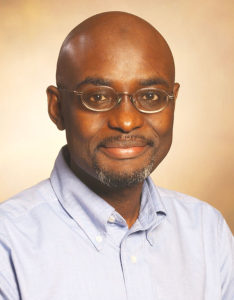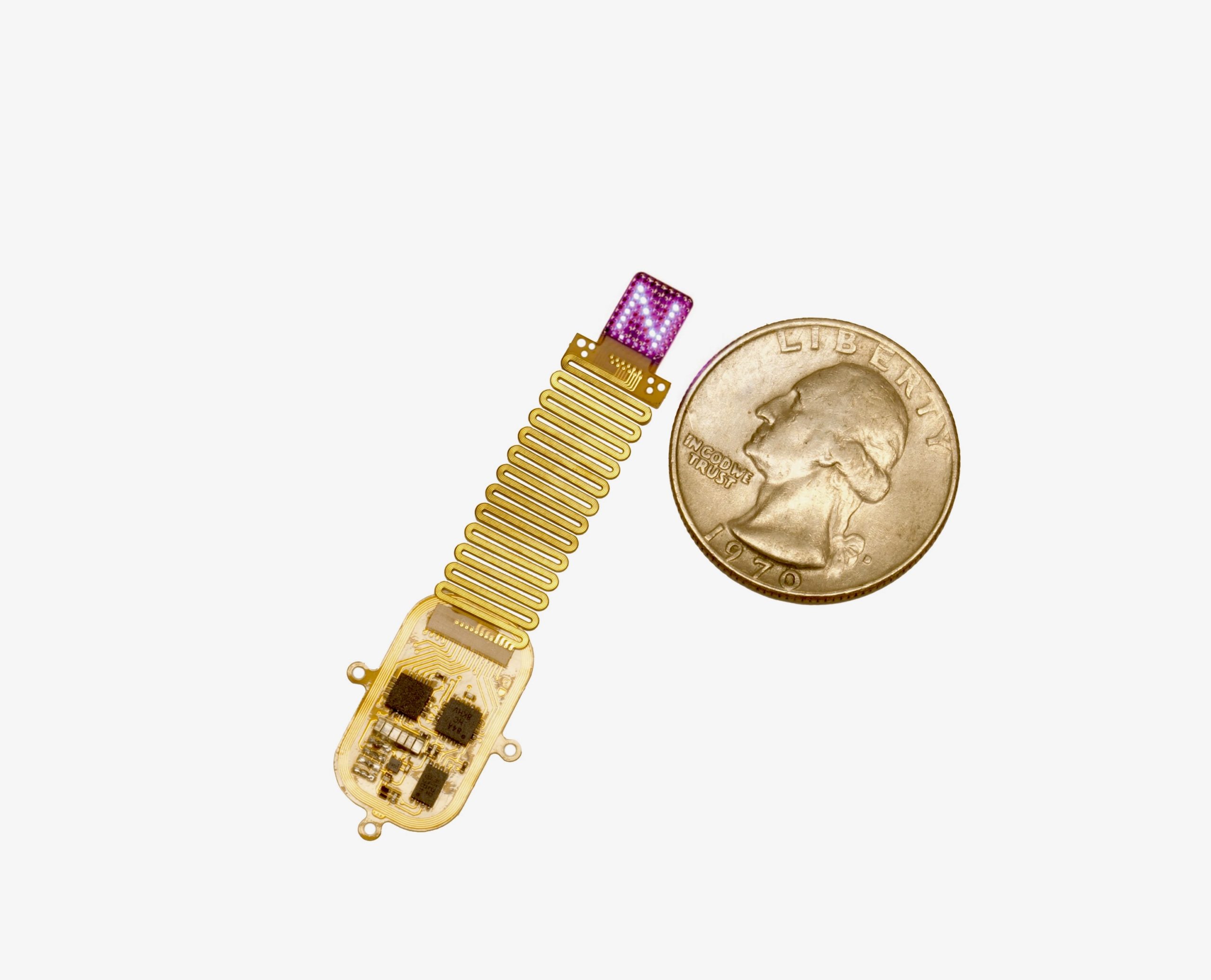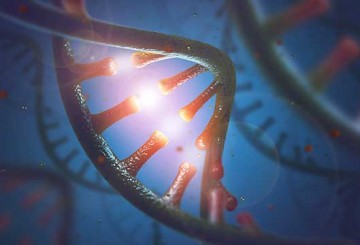
Northwestern Medicine scientists have created a small molecule that reduces expression of MYC, a cancer-causing protein that has been implicated in a wide variety of cancers, according to a study published in Cancer Cell.
MYC’s unorthodox structure has bedeviled drug development for two decades, but this new molecule may finally represent a breakthrough, according to Sarki Abdulkadir, MD, PhD, the John T. Grayhack, MD, Professor of Urological Research and senior author of the study.
Huiying Han, senior research associate in Urology, was the first author of the study; and Gary Schiltz, PhD, research professor of Pharmacology, and Rama Mishra, PhD, research assistant professor of Biochemistry and Molecular Genetics, were co-authors.
Many genes upregulated by MYC code for cell proliferation, which is known to contribute to the spread of cancer. Even when MYC is not the primary mechanism of oncogenesis, it often still plays a role, explained Abdulkadir.
“MYC tends to be the errand boy: many types of cancer all signal through MYC to proliferate,” said Abdulkadir, who is also vice chair for research in the Department of Urology, a professor of Pathology and principal investigator of the prostate cancer Specialized Programs of Research Excellence (SPORE) grant at the Robert H. Lurie Comprehensive Cancer Center of Northwestern University.
Blocking MYC was once seen as a promising therapeutic avenue, but previous attempts failed. It was difficult to design a molecule that could block the protein, and even when molecules that bound to MYC were discovered, they were often unsuitable for use as drugs.
The protein was regarded as “un-druggable,” according to Abdulkadir, but he remained unconvinced.
Studying the molecules that successfully bound to MYC, Abdulkadir, along with Schiltz and Mishra, developed a pharmacophore profile: a set of common pharmacological characteristics they believed were important. Then, they worked with the Center for Molecular Innovation and Drug Discovery (CMIDD), of which Schiltz is the deputy director, to search a library of 35 million compounds, identifying several that would likely bind to MYC proteins.
Here, they did something unusual: instead of first testing the molecules in cell lines, then testing tolerance in mice, and finally evaluating the ability for the molecules to block MYC, the scientists skipped straight to the third step.
“We inverted the process, in a way,” Abdulkadir said.
By going right to testing efficacy, Abdulkadir was able to show that blocking MYC was possible. Even though 80 percent of these compounds failed, 20 percent of them successfully lowered MYC activity in mouse models of cancer.
These molecules all had the same core structure: a ring made of pyrazole, an organic compound containing three carbon atoms and two nitrogen atoms. One compound, number 361, was exceptionally effective at reducing MYC levels, but it wasn’t tolerated very well. The investigators took this back to the drawing board, tweaking the molecule to decrease toxicity and created an improved small molecule that was tolerated at up to 10 times the effective dose.
“If all we are able to show is that these compounds are not well-tolerated, then it’s hard to move forward with this project,” Abdulkadir said. “To me, this is one of the most significant findings: we were actually able to improve the initial compound, and create an inhibitor that can affect the tumor without too many side-effects.”
Now, Abdulkadir and his colleagues have their eye on clinical trials. They are working to boost the effectiveness of the drugs, allowing for smaller doses to be administered, and have identified a biomarker that could measure how well the drug is working in patients.
“When the compound binds to MYC, a particular amino acid is tagged with a phosphate tag,” Abdulkadir said. “We can detect this in tumors, to show that the molecule has entered the system and engaged the tumor.”
Debabrata Chakravarti, PhD, vice chair for translational research in the Department of Obstetrics and Gynecology and a professor of Pharmacology, was also a co-author of the study.
This work was supported by grants R01CA123484, RO1CA196270 and P50CA180995 from the National Cancer Institute and by the NewCures Biomedical Accelerator of Northwestern University.
Chakravarti, Abdulkadir and Schiltz are members of the Robert H. Lurie Comprehensive Cancer Center of Northwestern University.






